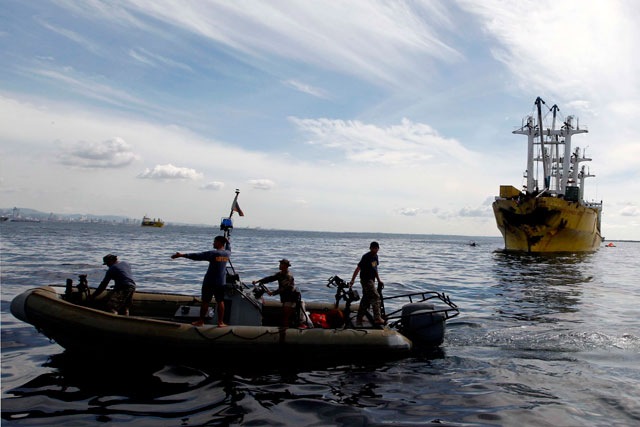
As Tokyo prepares to mark the 90th anniversary on Sept. 1 of the Great Kanto Earthquake, a citizens group is trying to remind people of another tragedy that accompanied the terrible loss of life: the mindless slaughter of thousands of ethnic Koreans as rumors swirled in the capital that looting had broken out.
The Great Kanto Earthquake of Sept. 1, 1923, left an estimated 140,000 people dead. Many died in firestorms that overwhelmed open areas in which people took shelter.
On that day 90 years ago, rumors quickly spread that Korean residents in Japan had poisoned wells that provided drinking water or attempted to foment rioting through attacks of arson.
The government declared martial law, which led to a wave of killings of Koreans in the disaster areas. According to some sources, as many as 6,000 Korean people were murdered at the hands of vigilante groups comprising citizens, police and soldiers.
A member of a citizens group in Tokyo’s Sumida Ward was thunder-struck when he first heard accounts of butchery 20 years ago. Masao Nishizaki, who belongs to Hosenka, a group set up to get to the truth of what really happened, later published a book based on statements by witnesses. He later built a monument to the victims at a site of the massacre.
"I don't want people to forget the tragedy that occurred 90 years ago," he said.
The memorial he erected is at the foot of the Arakawa river bank near his home reads: "The incident deprived many Koreans who lived in Japan, having left their Japan-occupied homeland, of their precious lives without their names being acknowledged."
Nishizaki, 53, said, "It is a little known fact that many people were killed here."
In 1982, when he was a university student, Nishikazi was part of a local fact-finding survey into the massacre of Koreans after the 1923 earthquake. He listened to statements from witnesses with other members of a history study group that was started by an elementary school teacher.
One witness said, "Soldiers machine-gunned and killed about 10 (Koreans) who were lined up on the riverside."
Another said, "A vigilante group murdered them with Japanese swords and bamboo spears under a bridge."
Nishizaki was shocked by the graphic descriptions.
The group collected accounts from about 150 local witnesses, which were later compiled into a book.
About 100 Koreans were said to have been killed around the area the monument stands. Their ashes were never found. The police apparently removed the bodies so there was no evidence of the atrocity that had been committed.
Now, 90 years since the earthquake struck, it is almost impossible to find a surviving witness. The number of people who have heard about that dark chapter is also declining.
To prevent the tragic memory from fading, Nishizaki built a monument in August 2008 on a plot of land one of his friends provided.
"I thought we should leave something visible on the site of the incident to transcend history," Nishizaki explained.
Fake rumors spread again after the Great East Japan Earthquake in 2011 through Twitter and e-mail exchanges.
Hate speech in Japan directed at specific ethnic groups continues to generate headlines.
Nishizaki is worried that the same tragedy might be repeated.http://ajw.asahi.com/article/behind_news/AJ201309010017
"If a great earthquake strikes now, can we say the same tragedy will not be repeated? As one who has listened to testimonies, I have a responsibility."
Nishizaki has been busy collecting written accounts related to massacres and false rumors recorded in celebrities' autobiographies and diaries of nameless citizens.
Each Sept. 1, the Tokyo metropolitan government organizes drills across the capital to encourage citizens to be prepared for the next Big One.
Monday 2 September 2013
http://ajw.asahi.com/article/behind_news/AJ201309010017





